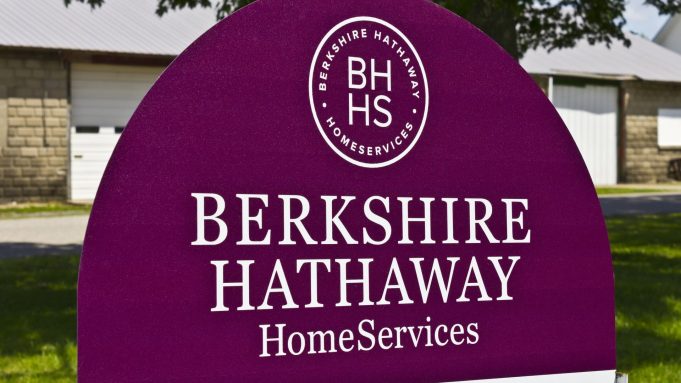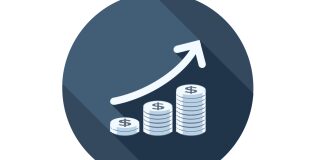This report provides the last five years revenues and revenue growth of Berkshire Hathaway Inc (BRKB) from 2012 to 2016. Berkshire Hathaway generated a total of $223.6 billion revenues during 2016. Berkshire Hathaway reported a revenue growth of 6% year-over-year during 2016. The revenues and the revenue growth correspond to the fiscal year ending in December.
BERKSHIRE HATHAWAY REVENUES FROM 2012 TO 2016
Here are the revenues and the revenue growth details of Berkshire Hathaway during the last five years:
- Berkshire Hathaway generated a total of $162.5 billion revenues during 2012. Berkshire Hathaway reported a revenue growth of 15.1% year-over-year during 2012.
- Berkshire Hathaway generated a total of $182.2 billion revenues during 2013. Berkshire Hathaway reported a revenue growth of 12.1% year-over-year during 2013.
- Berkshire Hathaway generated a total of $194.7 billion revenues during 2014. Berkshire Hathaway reported a revenue growth of 6.9% year-over-year during 2014.
- Berkshire Hathaway generated a total of $210.9 billion revenues during 2015. Berkshire Hathaway reported a revenue growth of 8.3% year-over-year during 2015.
- Berkshire Hathaway generated a total of $223.6 billion revenues during 2016. Berkshire Hathaway reported a revenue growth of 6% year-over-year during 2016.
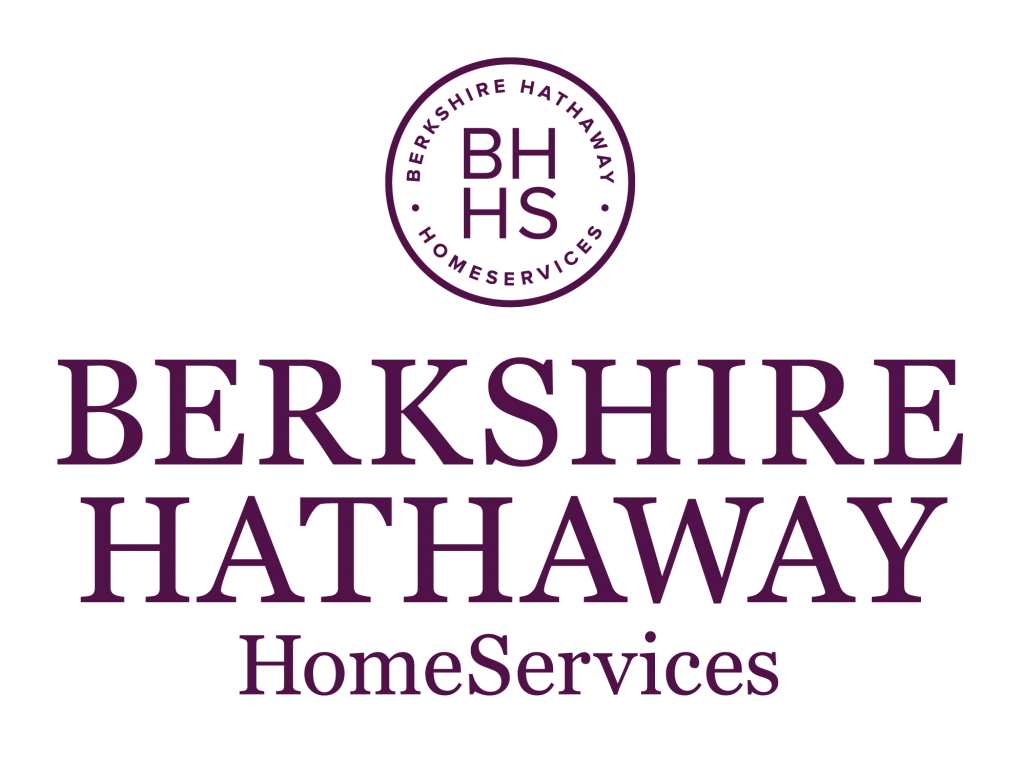
WHY ANALYZE REVENUE GROWTH?
Revenue growth is the most commonly analyzed financial metric. Revenue Growth is the percent increase (or decrease) of a company’s revenue between two time periods. It is computed by using the following formula: ((revenues during the time period two – revenues during the time period one) / revenues during the time period one)*100. If the time periods are two consecutive years, then the revenue growth is referred to as the annual revenue growth year-over-year. If the time periods are two consecutive quarters, then the revenue growth is referred to as the quarterly revenue growth quarter-over-quarter. If the time periods refer to the same quarter in the two consecutive years, then the revenue growth is referred to as quarterly revenue growth year-over-year. In case the time periods are two non-consecutive years, then the revenue CAGR (Commutative Annual Growth Rate) is computed.
Revenue growth analysis is important for a number of reasons. First, it helps in understanding how a business is performing. If the revenue growth rates are positive, it means the business is performing well and the revenues are increasing. If the revenue growth rates are negative, it means the revenues are declining and the company needs to take measures to increase them. If they don’t, the company will continue to shrink. Second, a company’s historical revenue growth analysis along with the market size and market share analysis helps in forecasting the future revenues of a company. Third, a comparison of a company’s growth rates with its competitors helps in determining who is winning more business. A revenue growth higher than the industry average translates into increasing market share. Companies with very high revenue growth rates have the potential to be the industry disrupters.
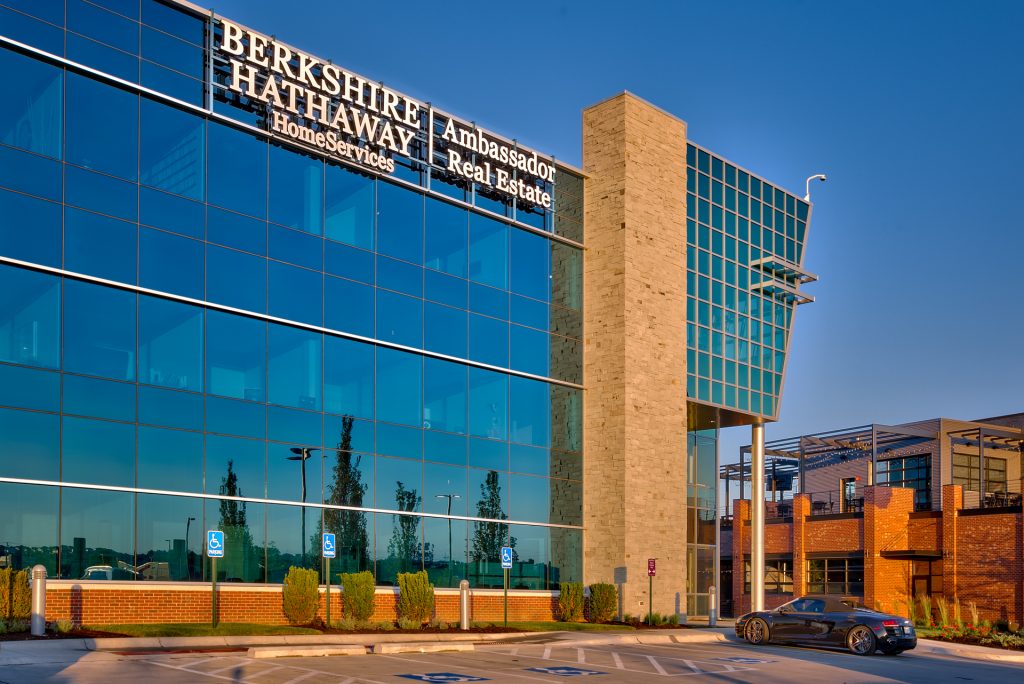
BERKSHIRE HATHAWAY RANKING
With $223.6 billion revenues, Berkshire Hathaway ranked number 3 in the R&P; Research list of top-3000 public companies in the US by revenues during 2016. Each one of the top-3000 companies generated more than $50 million of annual revenues during 2016.
The top-20 companies in the US by revenues during 2016 were:
- Walmart ($482.1 billion)
- ExxonMobil ($226.1 billion)
- Berkshire Hathaway ($223.6 billion)
- Apple ($215.6 billion)
- McKesson ($190.9 billion)
- UnitedHealth Group ($184.8 billion)
- CVS Health ($177.5 billion)
- General Motors ($166.4 billion)
- AT&T; ($163.8 billion)
- Ford Motor ($151.8 billion)
- AmerisourceBergen ($146.8 billion)
- Amazon ($136 billion)
- Verizon ($126 billion)
- General Electric ($123.7 billion)
- Cardinal Health ($121.5 billion)
- Costco ($118.7 billion)
- Walgreens Boots Alliance ($117.4 billion)
- Chevron ($114.5 billion)
- Kroger ($109.8 billion)
- Express Scripts Holding ($100.3 billion)
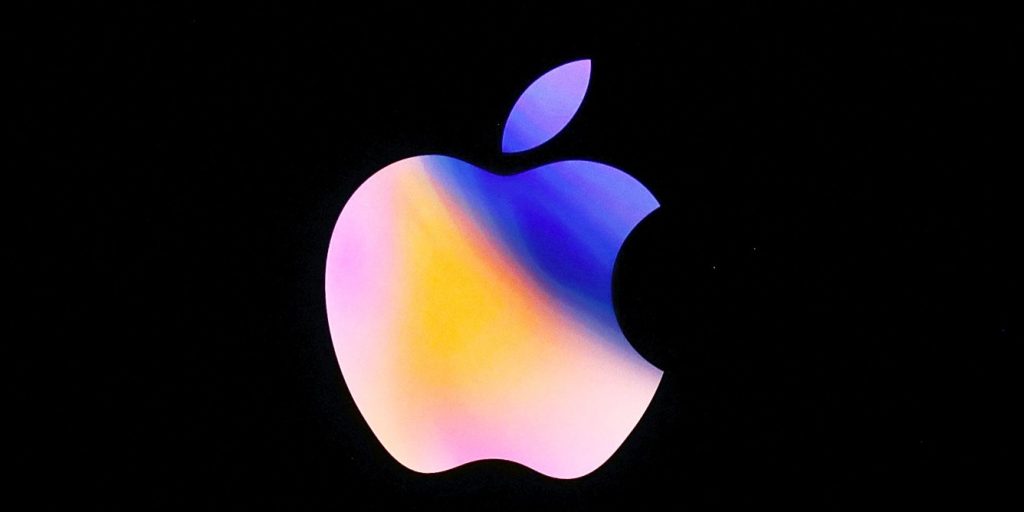
For the purpose of performance benchmarking of a company with a sector or industry average, R&P; Research associates every company with one sector and one industry. An industry consists of companies with related/similar business models. A sector comprises of a group of related/similar industries. For high-level analysis purposes, related/similar sectors are grouped into sector groups.
For example, Healthcare sector group is comprised of Life Sciences sector and Healthcare Services sector. Life Sciences sector is comprised of following industries: Pharmaceuticals; Medical Devices; Biotechnology; Diagnostics & Scientific Instruments. Healthcare Services sector is comprised of following industries: Medication Stores, PBM and Distributors; Healthcare Payers; Healthcare Providers; Medical Software; Healthcare Research Services.
Berkshire Hathaway is associated with Financials Sector Group, Insurance Sector and Property & Casualty Insurance Industry.
With $223.6 billion revenues, Berkshire Hathaway ranked number 1 of all the companies in the US Financials sector group. There were a total of 705 public companies in the US Financials sector group that had revenues greater than $50 million during 2016.
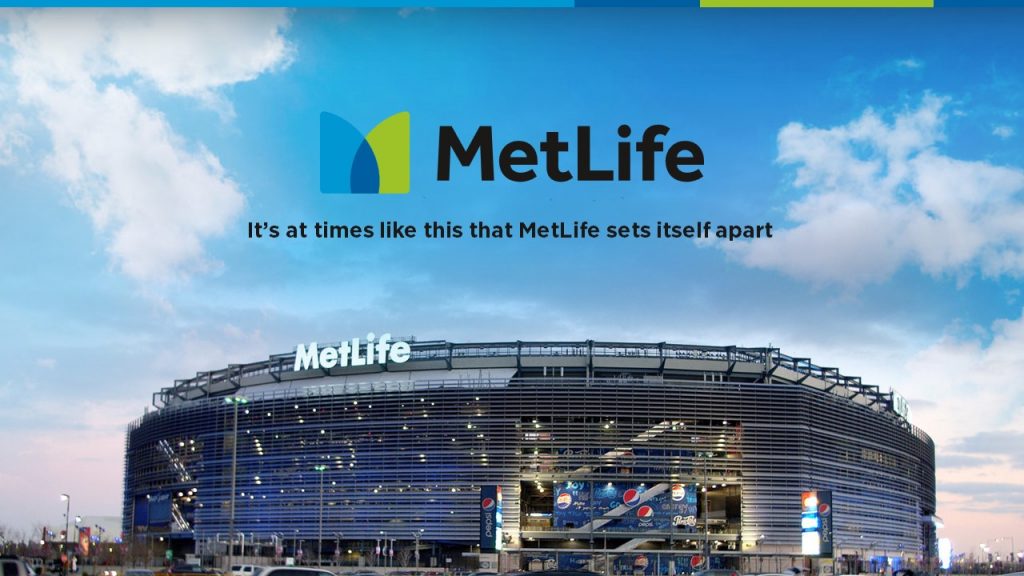
The top-10 companies in the US Financials sector group by revenues during 2016 were:
- Berkshire Hathaway ($223.6 billion)
- JPMorgan Chase ($95.7 billion)
- Wells Fargo ($84.5 billion)
- Bank of America ($83.7 billion)
- Citigroup ($69.9 billion)
- MetLife ($63.5 billion)
- Prudential Financial ($58.8 billion)
- AIG ($52.4 billion)
- Allstate ($36.5 billion)
- Morgan Stanley ($34.6 billion)
Financials sector group is comprised of the following sectors: Banking; Insurance; Financial Services; Real Estate & REITs.
With $223.6 billion revenues, Berkshire Hathaway ranked number 1 of all the companies in the US Insurance sector. There were a total of 101 public companies in the US Insurance sector that had revenues greater than $50 million during 2016.
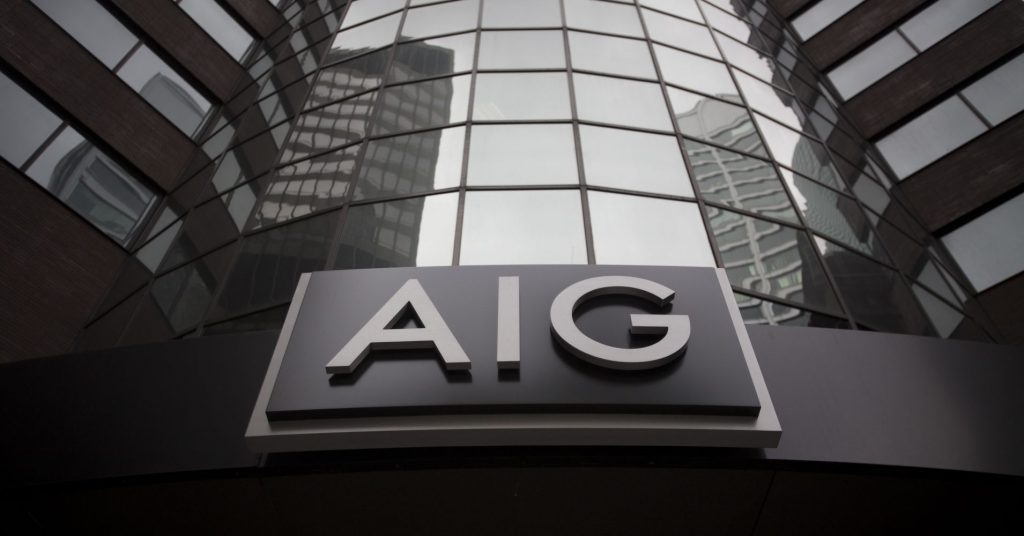
The top-10 companies in the US Insurance sector by revenues during 2016 were:
- Berkshire Hathaway ($223.6 billion)
- MetLife ($63.5 billion)
- Prudential Financial ($58.8 billion)
- AIG ($52.4 billion)
- Allstate ($36.5 billion)
- Chubb ($31.5 billion)
- Travelers Companies ($27.6 billion)
- Progressive ($23.4 billion)
- Aflac ($22.6 billion)
- Hartford Financial Services Group ($18.3 billion)
Insurance sector is comprised of the following industries: Life Insurance; Property & Casualty Insurance; Surety & Title Insurance; Insurance Brokerage; Diversified Insurance. The definitions for each of the industries is as follows:
- Life Insurance industry includes companies engaged principally in life insurance.
- Property & Casualty Insurance industry includes companies engaged principally in accident, fire, automotive, marine, malpractice and other classes of non-life insurance.
- Surety & Title Insurance industry includes companies providing title & surety insurance.
- Insurance Brokerage industry includes insurance brokers and agencies.
- Diversified Insurance industry includes companies with life, health, property & casualty, and reinsurance interests, none of which predominates.
With $223.6 billion revenues, Berkshire Hathaway ranked number 1 of all the companies in the US Property & Casualty Insurance industry. There were a total of 66 public companies in the US Property & Casualty Insurance industry that had revenues greater than $50 million during 2016.
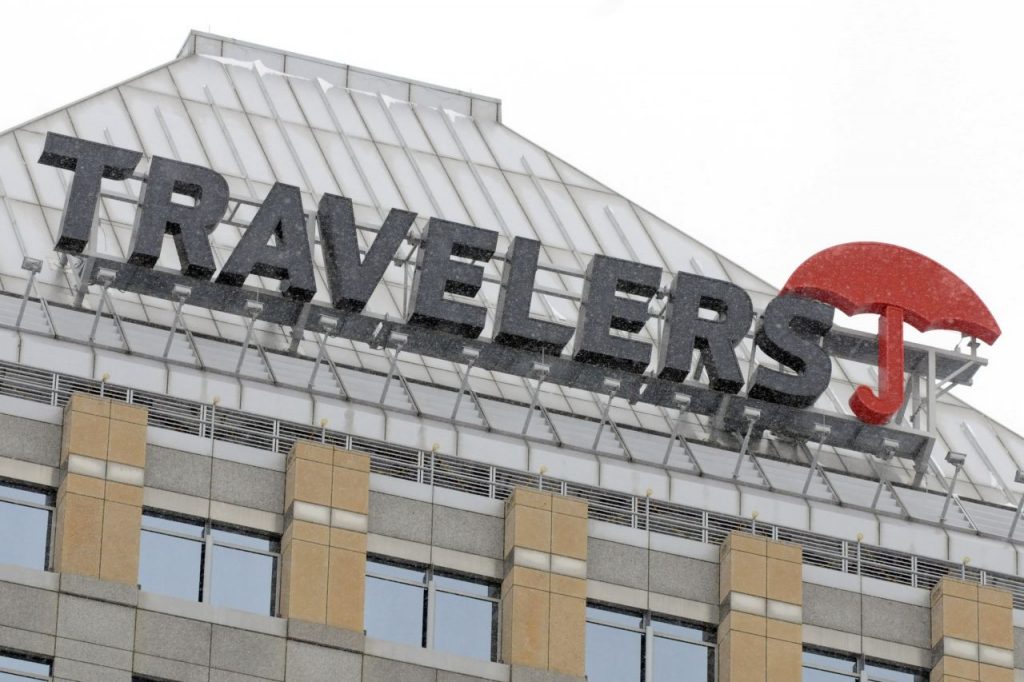
The top-10 companies in the US Property & Casualty Insurance industry by revenues during 2016 were:
- Berkshire Hathaway ($223.6 billion)
- AIG ($52.4 billion)
- Allstate ($36.5 billion)
- Chubb ($31.5 billion)
- Travelers Companies ($27.6 billion)
- Progressive ($23.4 billion)
- Hartford Financial Services Group ($18.3 billion)
- Loews ($13.1 billion)
- XL Group ($10.5 billion)
- CNA Financial ($9.4 billion)
COMPANIES SEGMENTATION
To identify and analyze high/low growth or most/least profitable similar-size companies in different sectors or industries, R&P; research classifies all companies into different segments based upon their revenues, revenue growth, and net profit margins.
Based upon their annual revenues, the companies are classified into one of the following four segments:
- Mega companies, having revenues greater than $50 billion.
- Very Large companies, having revenues between $10 billion and $50 billion.
- Large companies, having revenues between $1 billion and $10 billion.
- Mid-size companies, having revenues between $50 million and $1 billion.
With $223.6 billion revenues, Berkshire Hathaway was in the Mega companies revenue segment during 2016. There were a total of 54 companies in the Mega companies revenue segment during 2016.
Based upon their annual revenue growth, the companies are classified into one of the following eight segments:
- Very High positive growth companies, having annual revenue growth greater than 50%.
- High positive growth companies, having annual revenue growth between 20% and 50%.
- Medium positive growth companies, having annual revenue growth between 5% and 20%.
- Low positive growth companies, having annual revenue growth between 0% and 5%.
- Low negative growth companies, having annual revenue growth between -5% and 0%.
- Medium negative growth companies, having annual revenue growth between -20% and -5%.
- High negative growth companies, having annual revenue growth between -50% and -20%.
- Very High negative growth companies, having annual revenue growth less than -50%.

With 6% revenue growth year-over-year, Berkshire Hathaway was in the Medium positive revenue growth segment during 2016. There were a total of 876 companies in the Medium positive revenue growth segment during 2016. Of the US top-3000 companies, 1985 (nearly two-third of the total) had positive revenue growth and 1015 (nearly one-third of the total) had negative revenue growth during 2016.
Based upon their annual net profit margin, the companies are classified into one of the following eight segments:
- Very High positive margin companies, having net profit margin greater than 50%.
- High positive margin companies, having net profit margin between 20% and 50%.
- Medium positive margin companies, having net profit margin between 5% and 20%.
- Low positive margin companies, having net profit margin between 0% and 5%.
- Low negative margin companies, having net profit margin between -5% and 0%.
- Medium negative margin companies, having net profit margin between -20% and -5%.
- High negative margin companies, having net profit margin between -50% and -20%.
- Very High negative margin companies, having net profit margin less than -50%.
With a net margin of 10.8%, Berkshire Hathaway was in the Medium positive net profit margin segment during 2016. There were a total of 1086 companies in the Medium positive net profit margin segment during 2016. Of the US top-3000 companies, 2244 (nearly three-fourth of the total) had positive net profit margin and 756 (nearly one-fourth of the total) had negative net profit margin during 2016.

COMPANY BUSINESS SUMMARY
Berkshire Hathaway Inc. is a holding company owning subsidiaries engaged in a number of diverse business activities. The most important of these are insurance businesses conducted on both a primary basis and a reinsurance basis, a freight rail transportation business and a group of utility and energy generation and distribution businesses. Berkshire also owns and operates a large number of other businesses engaged in a variety of activities, as identified herein. Berkshire is domiciled in the state of Delaware, and its corporate headquarters are located in Omaha, Nebraska.
Berkshire’s operating businesses are managed on an unusually decentralized basis. There are essentially no centralized or integrated business functions (such as sales, marketing, purchasing, legal or human resources) and there is minimal involvement by Berkshire’s corporate headquarters in the day-to-day business activities of the operating businesses. Berkshire’s corporate office senior management participates in and is ultimately responsible for significant capital allocation decisions, investment activities and the selection of the Chief Executive to head each of the operating businesses. It also is responsible for establishing and monitoring Berkshire’s corporate governance practices, including, but not limited to, communicating the appropriate “tone at the top” messages to its employees and associates, monitoring governance efforts, including those at the operating businesses, and participating in the resolution of governance-related issues as needed.
Berkshire and its consolidated subsidiaries employ approximately 367,700 people worldwide.

DATA SOURCE
The chart and the data on this page are sourced from the R&P; Research Industry Intelligence Platform. The platform provides the key financial metrics for all the public companies in the United States. The platform empowers users to compare last five or 15 years financial data of a company with the other companies or the industry averages. This benchmarking exercise yields powerful insights that can drive better business decisions.
INDUSTRY PEERS AND COMPETITORS OF BERKSHIRE HATHAWAY
AIG (AIG) Business Analysis – Analyze Historical Performance, Strategic Priorities, And…
American International Group Inc with $52 billion revenues in the year 2016 was the number 2 Property & Casualty Insurance company. Read this report to know the top competitors of AIG and identify growth and cost optimization opportunities of AIG
Allstate (ALL) Business Analysis – Analyze Historical Performance, Strategic Priorities, And…
Allstate Corp with $37 billion revenues in the year 2016 was the number 3 Property & Casualty Insurance company. Read this report to know the top competitors of Allstate and identify growth and cost optimization opportunities of Allstate
Chubb (CB) Business Analysis – Analyze Historical Performance, Strategic Priorities, And…
Chubb Ltd with $31 billion revenues in the year 2016 was the number 4 Property & Casualty Insurance company. Read this report to know the top competitors of Chubb and identify growth and cost optimization opportunities of Chubb
Travelers Companies (TRV) Business Analysis – Analyze Historical Performance, Strategic Priorities,…
Travelers Companies, Inc. with $28 billion revenues in the year 2016 was the number 5 Property & Casualty Insurance company. Read this report to know the top competitors of Travelers Companies and identify growth and cost optimization opportunities of Travelers Companies
Progressive (PGR) Business Analysis – Analyze Historical Performance, Strategic Priorities, And…
Progressive Corp with $23 billion revenues in the year 2016 was the number 6 Property & Casualty Insurance company. Read this report to know the top competitors of Progressive and identify growth and cost optimization opportunities of Progressive
Hartford Financial Services Group (HIG) Business Analysis – Analyze Historical Performance,…
Hartford Financial Services Group Inc with $18 billion revenues in the year 2016 was the number 7 Property & Casualty Insurance company. Read this report to know the top competitors of Hartford Financial Services Group and identify growth and cost optimization opportunities of Hartford Financial Services Group
REVENUES ANALYSIS
Berkshire Hathaway (BRKB) Revenues And Revenue Growth From 2012 To 2016
This report provides the last five years revenues and revenue growth of Berkshire Hathaway Inc (BRKB) from 2012 to 2016. Berkshire Hathaway generated a total of $223.6 billion revenues during 2016. Berkshire Hathaway reported a revenue growth of 6% year-over-year during 2016. The revenues and the revenue growth correspond to the fiscal year ending in December.
Berkshire Hathaway (BRKB) Revenues And Revenue Growth From 2002 To 2016
This report provides the last fifteen years revenues and revenue growth of Berkshire Hathaway Inc (BRKB) from 2002 to 2016. Berkshire Hathaway generated a total of $223.6 billion revenues during 2016. Berkshire Hathaway reported a revenue growth of 6% year-over-year during 2016. The revenues and the revenue growth correspond to the fiscal year ending in December.
Berkshire Hathaway (BRKB) Revenue Growth Comparison With Industry Growth From 2012…
This report provides a comparison of Berkshire Hathaway Inc (BRKB) revenue growth with Property & Casualty Insurance industry growth during the last five years from 2012 to 2016. Berkshire Hathaway reported a revenue growth of 6% year-over-year during 2016. The Property & Casualty Insurance industry growth was 6.6% year-over-year during 2016. Berkshire Hathaway growth was slower than the industry during 2016.
PROFIT ANALYSIS
Berkshire Hathaway (BRKB) Net Profit And Net Margin From 2012 To…
This report provides the last five years net profit and net margin of Berkshire Hathaway Inc (BRKB) from 2012 to 2016. Berkshire Hathaway reported a total net income of $24.1 billion during 2016. Berkshire Hathaway generated a total of $223.6 billion revenues during 2016. Berkshire Hathaway net profit margin was 10.8% during 2016. The net profit and the net profit margin correspond to the fiscal year ending in December.
Berkshire Hathaway (BRKB) Net Profit And Net Margin From 2002 To…
This report provides the last fifteen years net profit and net margin of Berkshire Hathaway Inc (BRKB) from 2002 to 2016. Berkshire Hathaway reported a total net income of $24.1 billion during 2016. Berkshire Hathaway generated a total of $223.6 billion revenues during 2016. Berkshire Hathaway net profit margin was 10.8% during 2016. The net profit and the net profit margin correspond to the fiscal year ending in December.
Berkshire Hathaway (BRKB) Net Profit Margin Comparison With Industry From 2012…
This report provides a comparison of Berkshire Hathaway Inc (BRKB) net profit margin with Property & Casualty Insurance industry net profit margin during the last five years from 2012 to 2016. Berkshire Hathaway reported a net profit margin of 10.8% during 2016. The Property & Casualty Insurance industry net profit margin was 8.2% during 2016. Berkshire Hathaway was more profitable than the industry during 2016.
COST EXPENSES ANALYSIS
Berkshire Hathaway (BRKB) Cost of Sales (COGS) Analysis From 2012 To…
This report provides the last five years cost of sales (COGS) analysis of Berkshire Hathaway Inc (BRKB) from 2012 to 2016. Berkshire Hathaway spent a total of $169.1 billion on COGS during 2016. Berkshire Hathaway generated a total of $223.6 billion revenues during 2016. As a percentage of revenues, Berkshire Hathaway spent 75.6% of its total revenues on COGS during 2016. The cost of sales (COGS) numbers are for the fiscal year ending in December.
Berkshire Hathaway (BRKB) Research & Development (R&D) Spending Analysis 2016
R&D; spending analysis for Berkshire Hathaway is not available because either the company does not provide the data or we don’t have it.
Berkshire Hathaway (BRKB) Sales, Marketing, General & Administrative (SG&A) Spending Analysis…
This report provides the last five years sales, marketing, general & administrative (SG&A;) expenses of Berkshire Hathaway Inc (BRKB) from 2012 to 2016. Berkshire Hathaway spent a total of $18.2 billion on sales, marketing, general, and administrative (SG&A;) activities during 2016. Berkshire Hathaway generated a total of $223.6 billion revenues during 2016. As a percentage of revenues, Berkshire Hathaway spent 8.1% of its total revenues on SG&A; activities during 2016. The SG&A; spending numbers are for the fiscal year ending in December.
WORKING CAPITAL ANALYSIS
Berkshire Hathaway (BRKB) Inventory Spending Analysis From 2012 To 2016
This report provides the last five years inventory spending analysis of Berkshire Hathaway Inc (BRKB) from 2012 to 2016. Berkshire Hathaway invested a total of $15.7 billion on inventories during 2016. Berkshire Hathaway generated a total of $223.6 billion revenues during 2016. As a percentage of revenues, Berkshire Hathaway invested 7% of its total revenues on inventories during 2016. The inventory numbers are for the fiscal year ending in December.
Berkshire Hathaway (BRKB) Accounts Receivable (A/R) Analysis From 2012 To 2016
This report provides the last five years Accounts Receivable (A/R) analysis of Berkshire Hathaway Inc (BRKB) from 2012 to 2016. Berkshire Hathaway invested a total of $27.1 billion on accounts receivable during 2016. Berkshire Hathaway generated a total of $223.6 billion revenues during 2016. As a percentage of revenues, Berkshire Hathaway invested 12.1% of its total revenues on accounts receivable during 2016. The accounts receivable numbers are for the fiscal year ending in December.
Berkshire Hathaway (BRKB) Accounts Payable (A/P) Analysis From 2012 To 2016
This report provides the last five years Accounts Payable (A/P) analysis of Berkshire Hathaway Inc (BRKB) from 2012 to 2016. Berkshire Hathaway invested a total of $35 billion on accounts payable during 2016. Berkshire Hathaway generated a total of $223.6 billion revenues during 2016. As a percentage of revenues, Berkshire Hathaway invested 15.7% of its total revenues on accounts payable activities during 2016. The accounts payable numbers are for the fiscal year ending in December.
ASSET MANAGEMENT ANALYSIS
Berkshire Hathaway (BRKB) Property, Plant & Equipment (PP&E) Investment Analysis From…
This report provides the last five years property, plant & equipment (PP&E;) investment analysis of Berkshire Hathaway Inc (BRKB) from 2012 to 2016. Berkshire Hathaway invested a total of $152.8 billion on property, plant & equipment (PP&E;) activities during 2016. Berkshire Hathaway generated a total of $223.6 billion revenues during 2016. As a percentage of revenues, Berkshire Hathaway invested 68.3% of its total revenues on PP&E; activities during 2016. The PP&E; investment numbers are for the fiscal year ending in December.
Berkshire Hathaway (BRKB) Intangible Assets Analysis From 2012 To 2016
This report provides the last five years Intangible assets analysis of Berkshire Hathaway Inc (BRKB) from 2012 to 2016. Berkshire Hathaway invested a total of $113 billion on Intangible assets during 2016. Berkshire Hathaway generated a total of $223.6 billion revenues during 2016. As a percentage of revenues, Berkshire Hathaway invested 50.5% of its total revenues on intangible assets during 2016. The Intangible asset numbers are for the fiscal year ending in December.

